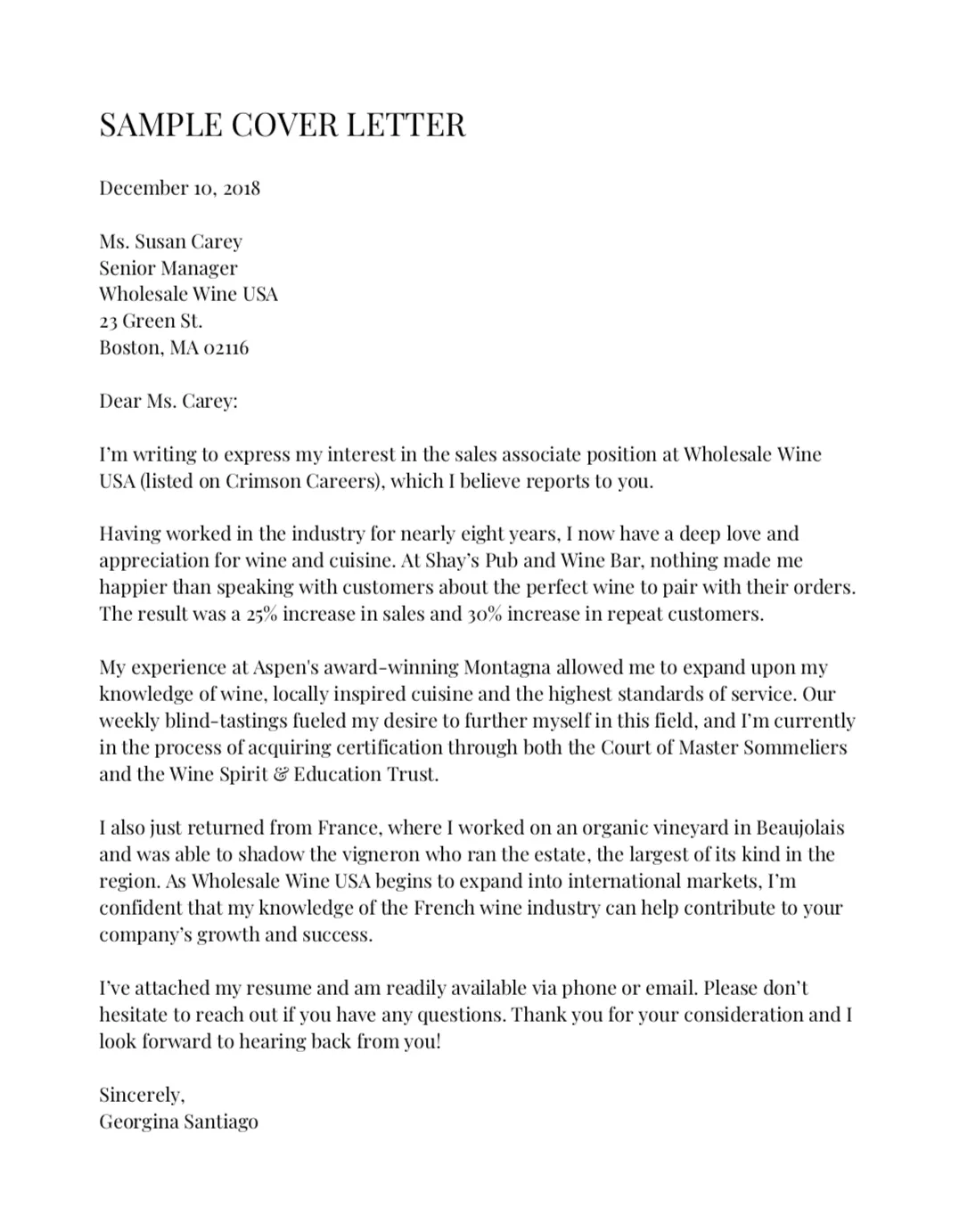Crafting a compelling cover letter is a crucial step in any job application process. It’s your first opportunity to make a strong impression on a potential employer and showcase why you’re the perfect fit for the role. Unlike a resume, which provides a factual overview of your experience, a cover letter allows you to demonstrate your personality, enthusiasm, and specific qualifications that align with the job requirements. This guide provides seven quick tips to help you write a cover letter that grabs attention and significantly increases your chances of landing an interview. By following these simple yet effective strategies, you’ll be well on your way to crafting a cover letter that gets results.
The Purpose of a Cover Letter
A cover letter serves several critical purposes in the job application process. Primarily, it’s your chance to introduce yourself to the hiring manager and express your interest in the specific position. It allows you to elaborate on your resume, providing context and highlighting the most relevant aspects of your experience and skills. Furthermore, a cover letter demonstrates your understanding of the company’s needs and how your qualifications can address them. It is an opportunity to showcase your communication skills, personality, and enthusiasm for the role, setting you apart from other applicants who may have similar qualifications. In essence, a well-written cover letter is a powerful tool that significantly increases your chances of securing an interview by making a strong first impression.
Highlight Your Skills
One of the most important aspects of a cover letter is highlighting the skills and experiences that align with the job requirements. Carefully review the job description and identify the key skills the employer is seeking. Then, in your cover letter, provide specific examples of how you have demonstrated those skills in previous roles or projects. Use action verbs to describe your accomplishments and quantify your achievements whenever possible. For instance, instead of simply stating “managed projects,” you could say “Managed cross-functional projects, resulting in a 15% increase in efficiency.” By focusing on your relevant skills and providing concrete evidence of your abilities, you can make a strong case for why you are the ideal candidate.
Tailor to the Job
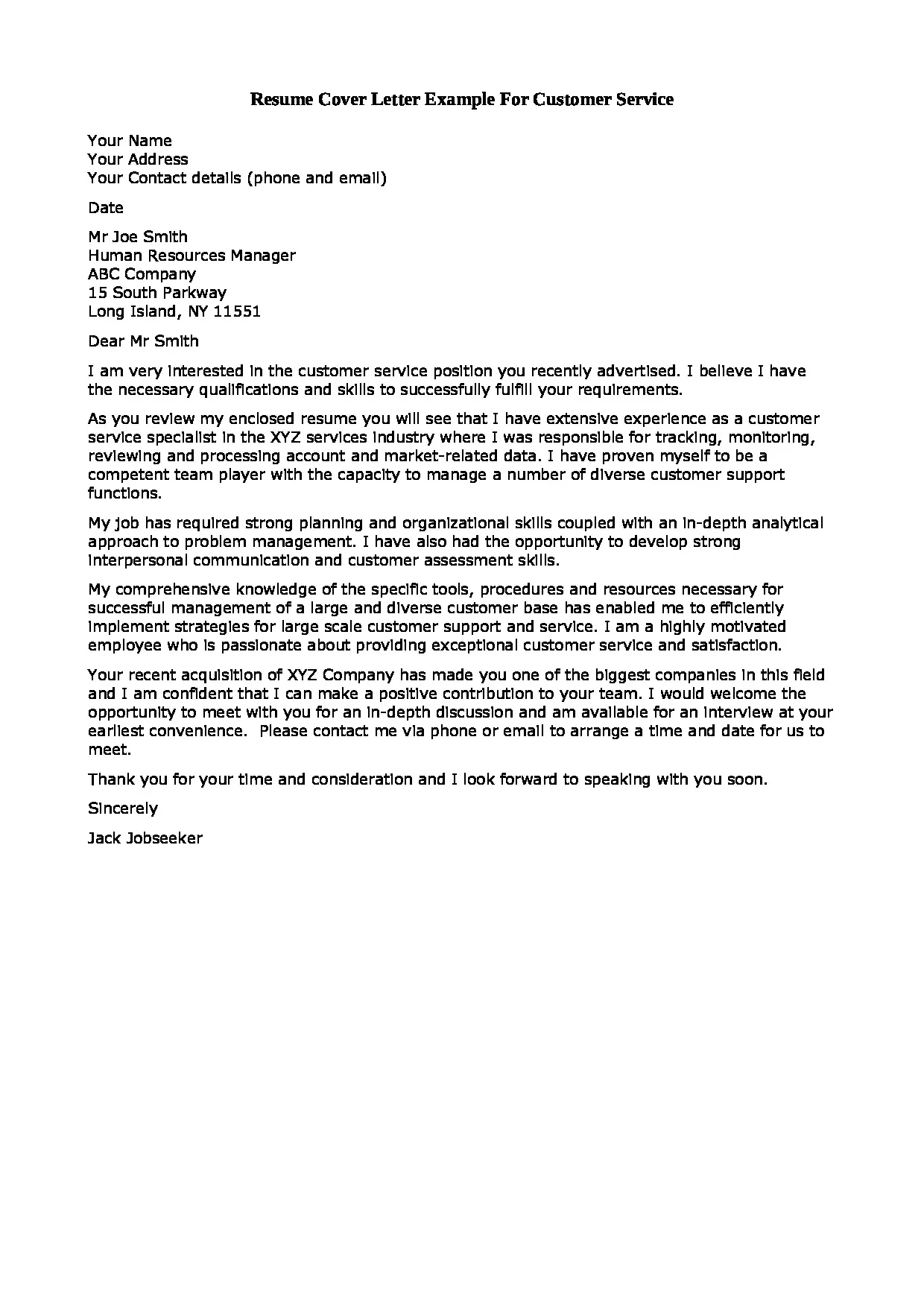
Generic cover letters are easily spotted and often discarded. A successful cover letter is tailored to the specific job and company you’re applying to. Avoid using a generic template; instead, customize your letter to reflect the specific requirements and expectations outlined in the job description. Research the company’s values, mission, and recent initiatives. Then, in your cover letter, explain why you are interested in the company and how your skills and experience align with their specific needs. Show the hiring manager that you’ve taken the time to understand their organization and that you’re genuinely excited about the opportunity. This level of personalization demonstrates your commitment and increases the likelihood of getting noticed.
Research the Company
Before writing your cover letter, conduct thorough research on the company and the specific role. Visit the company’s website, read their “About Us” section, and explore their social media presence. Understand their products or services, their target market, and their company culture. Identify the key challenges they face and how your skills and experience can contribute to their success. Demonstrate your knowledge of the company in your cover letter by mentioning specific projects or initiatives that resonate with their goals. This shows the hiring manager that you’ve taken the initiative to learn about the organization and that you’re genuinely interested in contributing to their team. It also gives you the opportunity to align your skills with the company’s needs, making your application more compelling.
Structure Your Cover Letter
A well-structured cover letter is easy to read and makes a positive impression. Start with a professional header that includes your contact information and the date. Address the letter to the hiring manager by name, if possible, to show you’ve done your research. The body of the letter should be divided into distinct paragraphs, each addressing a specific aspect of your qualifications and interest in the role. Use clear and concise language, and avoid jargon or overly complex sentences. End the letter with a strong closing paragraph that reiterates your interest and expresses your desire for an interview. Proper structure enhances readability and ensures that your key qualifications are highlighted effectively.
Header and Salutation
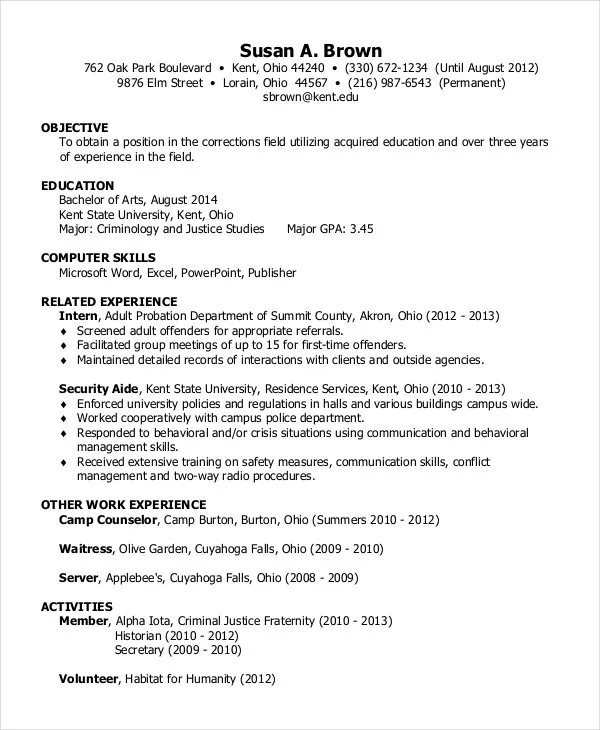
The header of your cover letter should include your full name, address, phone number, and email address. Ensure this information is accurate and easy to read. Following the header, include the date and the recipient’s information (name, title, company, and address). Always address the hiring manager by name, if possible. If you can’t find the name, use a professional salutation such as “Dear Hiring Manager” or “Dear [Department Name] Team.” A personalized salutation shows that you’ve taken the time to research the company and increases the chances of your cover letter being noticed. Avoid generic greetings like “To Whom It May Concern” as they can make your letter seem impersonal and less appealing.
Introduction Paragraph
Your introduction paragraph should immediately capture the reader’s attention and state your purpose. Clearly state the position you are applying for and how you learned about the opportunity. Briefly mention your key qualifications and what makes you a good fit for the role. Avoid generic opening statements and instead, express genuine enthusiasm for the position and the company. A strong introduction sets the tone for the rest of the letter and encourages the hiring manager to continue reading. Consider starting with a brief anecdote or a statement that highlights your passion for the industry or the specific role.
Body Paragraphs
The body paragraphs are the core of your cover letter, where you showcase your skills and experiences in detail. Each paragraph should focus on a specific point and provide concrete examples to support your claims. Highlight your relevant skills, accomplishments, and experiences that align with the job requirements. Use action verbs to describe your contributions and quantify your achievements whenever possible. For example, instead of saying “managed projects,” you could say “Successfully managed five concurrent projects, resulting in a 20% reduction in project completion time.” Tailor each paragraph to the specific requirements of the job description and use keywords from the job posting to demonstrate your understanding of the role.
Closing Paragraph
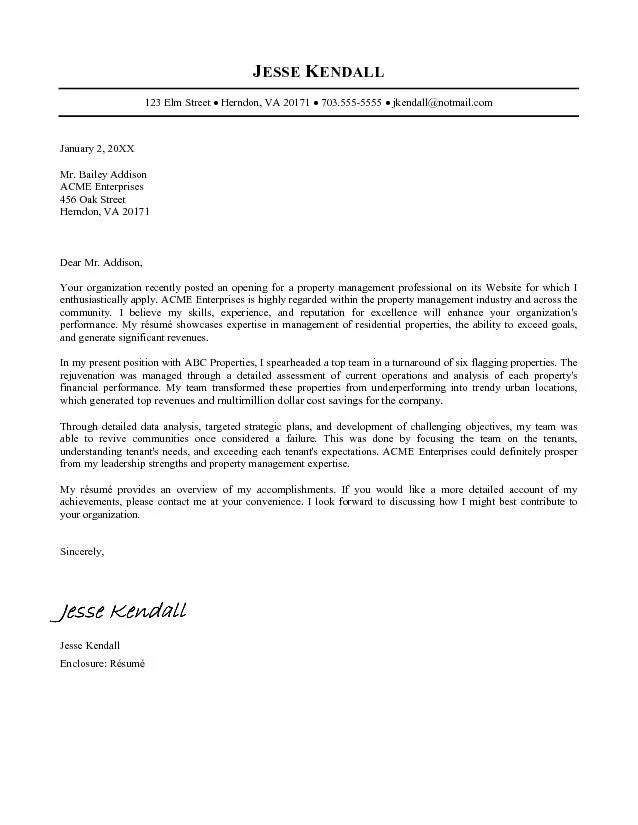
Your closing paragraph should reiterate your interest in the position and express your gratitude for the reader’s time. Summarize your key qualifications and reiterate why you are a good fit for the role. Clearly state your availability for an interview and include a call to action, such as “I am eager to discuss how my skills and experience can benefit your team.” Proofread your closing paragraph carefully to ensure it is free of errors. End with a professional closing such as “Sincerely,” “Best regards,” or “Thank you,” followed by your name. A strong closing paragraph leaves a lasting positive impression and encourages the hiring manager to take the next step.
Proofread and Edit
Before submitting your cover letter, proofread and edit it meticulously. Errors in grammar, spelling, and punctuation can damage your credibility and create a negative impression. Read your letter aloud to catch any awkward phrasing or inconsistencies. Use spell-check and grammar-check tools, but don’t rely on them entirely. Have a friend or family member review your letter for clarity, accuracy, and overall impact. A polished and error-free cover letter demonstrates your attention to detail and professionalism. Take the time to ensure your cover letter is the best representation of your skills and experience.
Formatting Your Cover Letter
The format of your cover letter is just as important as its content. A well-formatted letter is easy to read and makes a positive impression. Use a professional font, such as Times New Roman, Arial, or Calibri, and ensure the font size is between 10 and 12 points. Use single-spacing within paragraphs and double-spacing between paragraphs to improve readability. Align your text to the left and use consistent margins. Avoid using excessive formatting or colors, and keep the overall design clean and uncluttered. A well-formatted cover letter demonstrates your attention to detail and professionalism.
Choose the Right Font
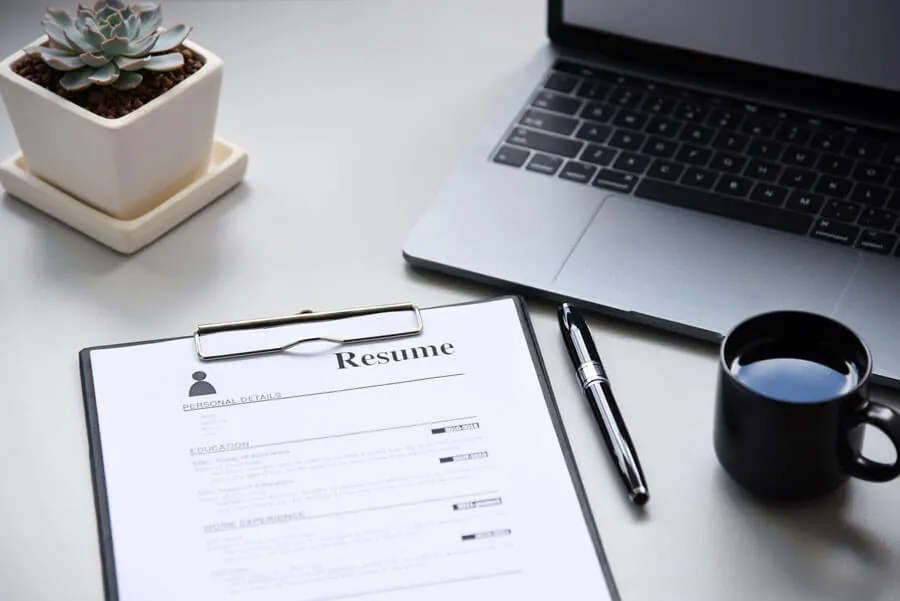
Choosing the right font is a crucial aspect of cover letter formatting. Select a professional and easy-to-read font, such as Times New Roman, Arial, or Calibri. Avoid using overly stylized or unusual fonts, as they can be difficult to read and distract from your message. The font size should be between 10 and 12 points to ensure readability. Consistency is key; use the same font throughout your cover letter to maintain a professional appearance. The right font can enhance readability and make your cover letter more appealing to the hiring manager.
Keep it Concise
Keep your cover letter concise and to the point. Aim for a length of one page, unless the job description specifically requests more information. Avoid including unnecessary details or irrelevant information. Focus on highlighting your most relevant skills and experiences. Use clear and concise language, and avoid jargon or overly complex sentences. A concise cover letter demonstrates respect for the reader’s time and ensures that your key qualifications are easily understood. Stick to the essentials and make every word count to maximize your impact.
Call to Action
Include a clear call to action in your cover letter. This is the final step that encourages the hiring manager to take the next action, such as scheduling an interview. Express your enthusiasm for the position and the company, and clearly state your interest in discussing your qualifications further. Provide your contact information and make it easy for the hiring manager to reach you. A strong call to action demonstrates your proactive approach and increases the likelihood of receiving a positive response. Examples include “I am available for an interview at your earliest convenience” or “I look forward to hearing from you soon.”
Writing a compelling cover letter doesn’t have to be a daunting task. By following these seven quick tips, you can create a cover letter that effectively showcases your skills, experiences, and enthusiasm for the job. Remember to tailor your letter to each specific role, highlight your relevant qualifications, and proofread carefully for any errors. With a well-crafted cover letter, you’ll be well on your way to landing your dream job. Good luck with your job search!
